|
|
|
Oxford University Press
|
Read and discover all about helping around the world ... Who helps refugees? What do animal charities do? |
|
Read and discover all about incredible energy... What is kinetic energy? What types of energy does electricity give us? This exciting new series of non-fiction readers provides interesting and educational content, with activities and project work. The readers are graded at four levels, from 3 to 6, suitable for students from age 8 and older. They can support Content and Language Integrated Learning (CLIL), and cover a broad range of topics, within three curriculum areas: The World of Science and Technology The Natural World The World of Arts and Social Studies Also available for each reader: * Activity Book * Audio CD Pack (Reader and Audio CD) * Teacher's Notes and CLIL guidance at www.oup.com/elt/readanddiscover Activity Book includes 16 pages of chapter-linked activities followed by after-reading whole book activities and a book review; focus on content, vocabulary, and grammar. |
|
This exciting new series of non-fiction readers provides interesting and educational content, with activities and project work. The readers are graded at four levels, from 3 to 6, suitable for students from age 8 and older. They can support Content and Language Integrated Learning (CLIL), and cover a broad range of topics, within three curriculum areas: The World of Science and Technology The Natural World The World of Arts and Social Studies Also available for each reader: * Activity Book * Audio CD Pack (Reader and Audio CD) * Teacher's Notes and CLIL guidance at www.oup.com/elt/readanddiscover |
|
The Homes Around the World Activity Book provides: Additional reading, writing, and grammar practice for each chapter of the reader Consolidation activities A book review Answers to the activities can be found on the teacher's website. |
|
This exciting new series of non-fiction readers provides interesting and educational content, with activities and project work. The readers are graded at four levels, from 3 to 6, suitable for students from age 8 and older. They can support Content and Language Integrated Learning (CLIL), and cover a broad range of topics, within three curriculum areas: The World of Science and Technology The Natural World The World of Arts and Social Studies Also available for each reader: Activity Book Audio CD Pack (Reader and Audio CD) Teacher's Notes and CLIL guidance at www.oup.com/elt/readanddiscover. |
|
Read and discover all about our world in art ... What are still lifes? Why do artists use perspective? New non-fiction graded readers for primary — 8-year-olds and up. Cross-curricular topics and colour photos make learning English through other subjects exciting. Two new levels for younger or lower-level students forthcoming. These motivating non-fiction readers are rich in content and beautifully illustrated. Fascinating information in carefully graded language appeals to a broad range of students and supports English across the curriculum, making the series perfect for CLIL (Content and Language Integrated Learning). Stunning colour photos, maps, diagrams and charts support understanding, while activities and projects develop language and critical thinking skills. |
|
This exciting new series of non-fiction readers provides interesting and educational content, with activities and project work. The readers are graded at four levels, from 3 to 6, suitable for students from age 8 and older. They can support Content and Language Integrated Learning (CLIL), and cover a broad range of topics, within three curriculum areas: The World of Science and Technology The Natural World The World of Arts and Social Studies Also available for each reader: * Activity Book * Audio CD Pack (Reader and Audio CD) * Teacher's Notes and CLIL guidance at www.oup.com/elt/readanddiscover The Activity Book includes 16 pages of chapter-linked activities followed by after-reading whole book activities and a book review; focus on content, vocabulary, and grammar. |
|
Additional reading, writing, and grammar practice for each chapter of the reader Consolidation activities A book review Answers to the activities can be found on the teacher's website. |
|
Read and discover all about why we recycle waste ... What waste materials can we recycle? How long does plastic take to decompose? |
|
No further information has been provided for this title. |

|
Read and discover all about islands around the world ... How do islands form? Which island has dragons? |
|
Additional reading, writing, and grammar practice for each chapter of the reader Consolidation activities A book review Answers to the activities can be found on the teacher's website. |
|
Read and discover all about amazing animal life cycles ... Which animals hatch from eggs? What is metamorphosis? |
|
Additional reading, writing, and grammar practice for each chapter of the reader Consolidation activities A book review Answers to the activities can be found on the teacher's website. |
|
This exciting new series of non-fiction readers provides interesting and educational content, with activities and project work. The readers are graded at four levels, from 3 to 6, suitable for students from age 8 and older. They can support Content and Language Integrated Learning (CLIL), and cover a broad range of topics, within three curriculum areas: The World of Science and Technology The Natural World The World of Arts and Social Studies Also available for each reader: Activity Book Audio CD Pack (Reader and Audio CD) Teacher's Notes and CLIL guidance at. |
|
Read and discover all about how to stay healthy... How much water should you drink every day? Why is exercise good for you? |
|
The Incredible Earth Activity Book provides: Additional reading, writing, and grammar practice for each chapter of the reader Consolidation activities A book review Answers to the activities can be found on the teacher's website. |
|
This title presents grammar through context, guiding students as they discover meaning. It combines this guided discovery approach with extensive form-based practice, ensuring that students have all the knowledge they need to use English grammar confidently and accurately. |

|
Using an inquiry-based approach to learning, Oxford Discover develops the communication skills and thinking skills students need for success in the 21st century. Who are your family and friends? Where can we see colors? How can we make music? Oxford Discover uses Big Questions such as these to tap into students' natural curiosity. It enables them to ask their own questions, find their own answers, and explore the world around them. This approach to language learning and literacy, supported by a controlled grammar and skills syllabus, helps students achieve near-native fluency in English. Oxford Discover gives teachers the tools to develop children's 21st century skills, creating young thinkers with great futures. Use with Show and Tell as part of 9-level course. |
|
Using an inquiry-based approach to learning, Oxford Discover develops the communication skills and thinking skills students need for success in the 21st century. Who are your family and friends? Where can we see colors? How can we make music? Oxford Discover uses Big Questions such as these to tap into students' natural curiosity. It enables them to ask their own questions, find their own answers, and explore the world around them. This approach to language learning and literacy, supported by a controlled grammar and skills syllabus, helps students achieve near-native fluency in English. Oxford Discover gives teachers the tools to develop children's 21st century skills, creating young thinkers with great futures. Use with Show and Tell as part of 9-level course. |
|